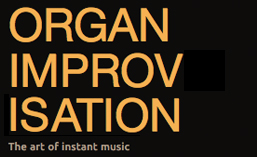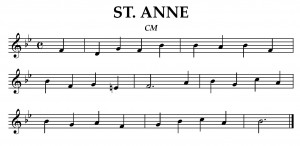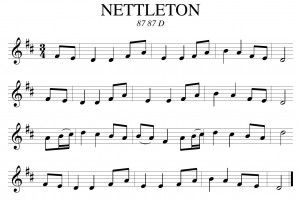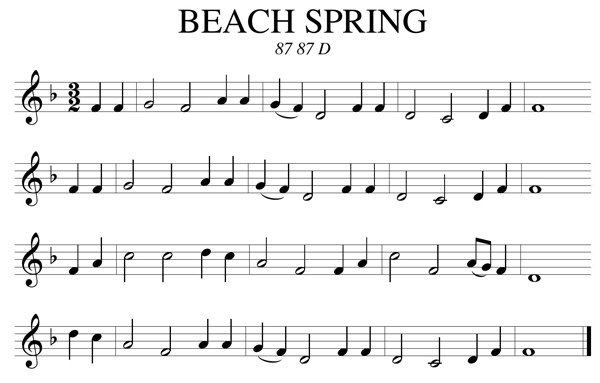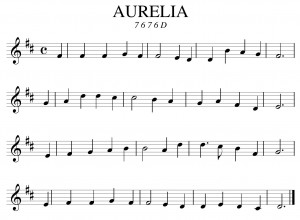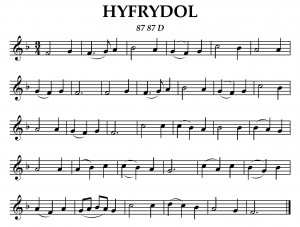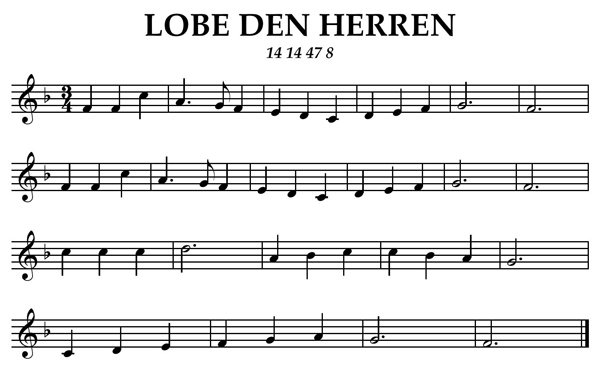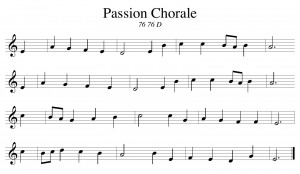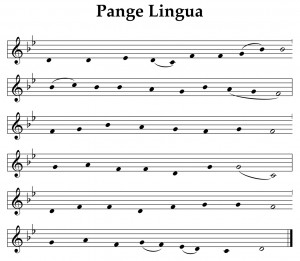 Pange Lingua Gloriosi Corporis Mysterium is a hymn written by St Thomas Aquinas (1225–1274) for the Feast of Corpus Christi. It is also sung on Holy Thursday, during the procession from the church to the place where the Blessed Sacrament is kept until Good Friday. The last two stanzas, called separately Tantum Ergo, are sung at Benediction of the Blessed Sacrament. The chant is in the Phrygian mode.
Pange Lingua Gloriosi Corporis Mysterium is a hymn written by St Thomas Aquinas (1225–1274) for the Feast of Corpus Christi. It is also sung on Holy Thursday, during the procession from the church to the place where the Blessed Sacrament is kept until Good Friday. The last two stanzas, called separately Tantum Ergo, are sung at Benediction of the Blessed Sacrament. The chant is in the Phrygian mode.
See a list of other popular chant themes here.
Videos:
Aart de Kort – Grands Jeux sur le Pange Lingua – Orgue Isnard (1774) de la Basilique St. Marie-Madeleine à St. Maximin (Provence)
Anthony Hammond – Improvisation on “Pange Lingua” – Bradford Cathedral
